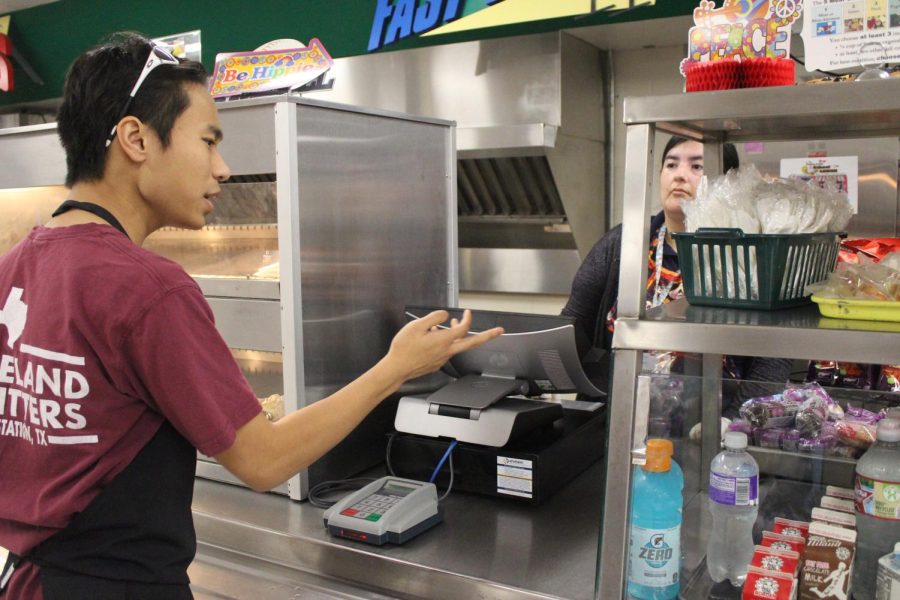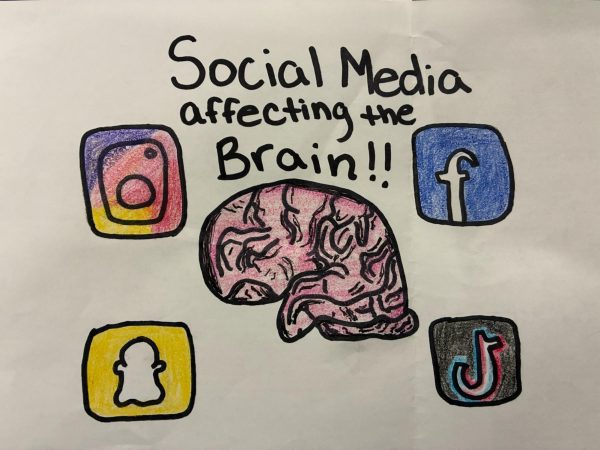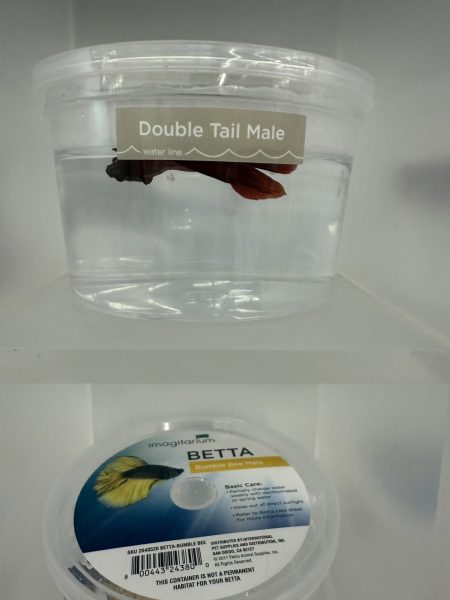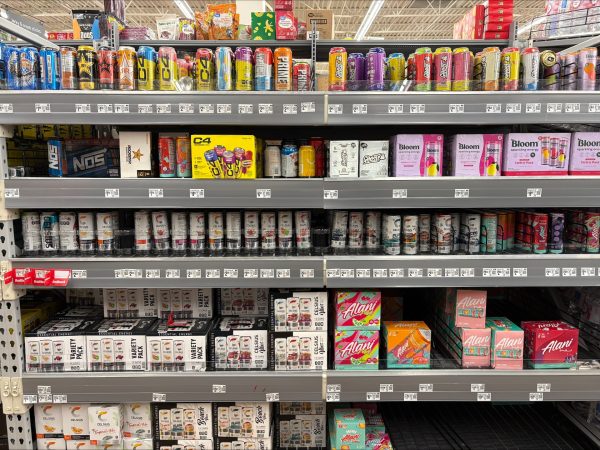Lunch lines need fixing
Students buying food in the cafeteria last week.
Lunch Time: A cathartic experience fabled since the creation of American public schools in the 19th century. Twenty-five minutes (or less) of rambunctious conversation sensationalizing cafeteria cheese sticks, or even the simple appearance of rain. Tinkerers and chemists have been born in cafeterias around the US, making heinous bottled concoctions of any liquid or food in reach.
Alright, I admit that description is a bit dramatic, but it’s mostly true. We students value our time at lunch, whether we spend it relaxing with our friends or diligently studying for the next period’s test. The last thing we’d want is for that time to be wasted. Unfortunately, that is exactly the case for hundreds of students due to the length of lunch lines. The worst part about it; this problem could easily be fixed, and I have the data to prove it.
Here at TWHS, we have five lunch lines: 3 “reimbursable” lines, and 2 “a la carte” lines. The reimbursable lines provide more food at a cheaper price (BARGAIN!?), while the a la carte lines provide “snacks” rather than full meals with sides and a drink.
The reimbursable lines are far more popular than the a la carte lines, and will be the main focus of this article.
Strangely, the first of three reimbursable lines is the most popular line above all with about 50 students being served in it every lunch period (A-D). The other two reimbursable lines serve an average of 24 students every lunch period (A-D).
Despite having far more traffic, the first line serves double the number of students as the other two lines in the same amount of time.
This is because the structure of the first line is far more efficient. It is set up in a “buffet style” where students can grab food themselves and then pay.
The other two lines are more complicated. The employee running the register has to ask you what you want, grab that food for you, then charge you. You might think this wouldn’t take that much more time, but it actually makes each order take 14 seconds longer on average.
If all three reimbursable lines were set up “buffet” style, much less time would be wasted in line and students could get more done during their lunch break.
Our school’s kitchen manager, Ms. Ana Valladerres explained “before COVID, there was only one reimbursable line” with the other five being a la carte. Because reimbursable meals are government funded, they come with a few rules, such as the lunch staff cannot grab “the food for you, you have to [grab it] yourself.”
During COVID, more students started using the reimbursable line when the food was free, so they replaced two a la carte lines with reimbursable lines to speed things up.
I am told that next year the lunch lines may be remodeled so that each reimbursable line is “buffet” style. But this is not a guarantee. If this issue affects you, ask our student council to encourage the administration to make this change. It would save us students a lot of time, and make things easier for our lunch staff.
This data was recorded in ten-minute increments over two days from the start of lunch until very little to no students were left in line. Outliers in the data were excluded from the averages.
Your donation will support the student journalists of The Woodlands High School. Your contribution will allow us to purchase equipment and cover our annual website hosting costs.







